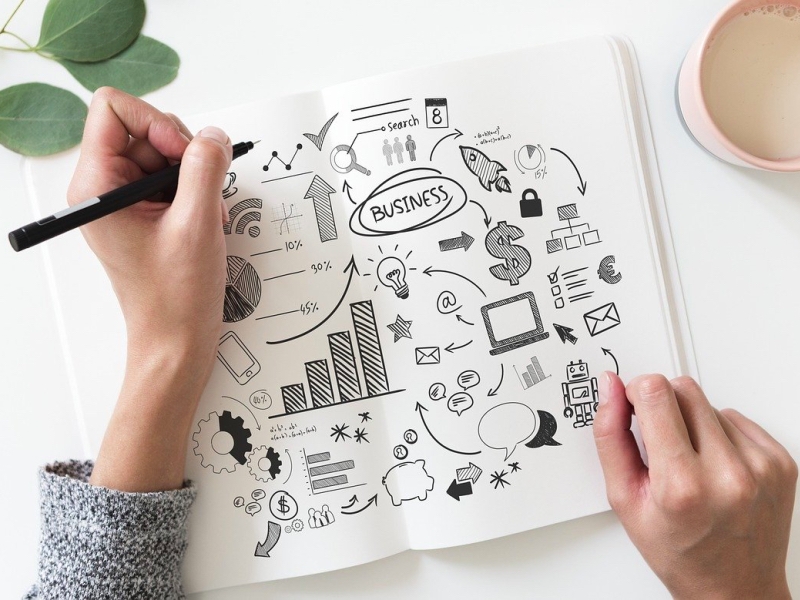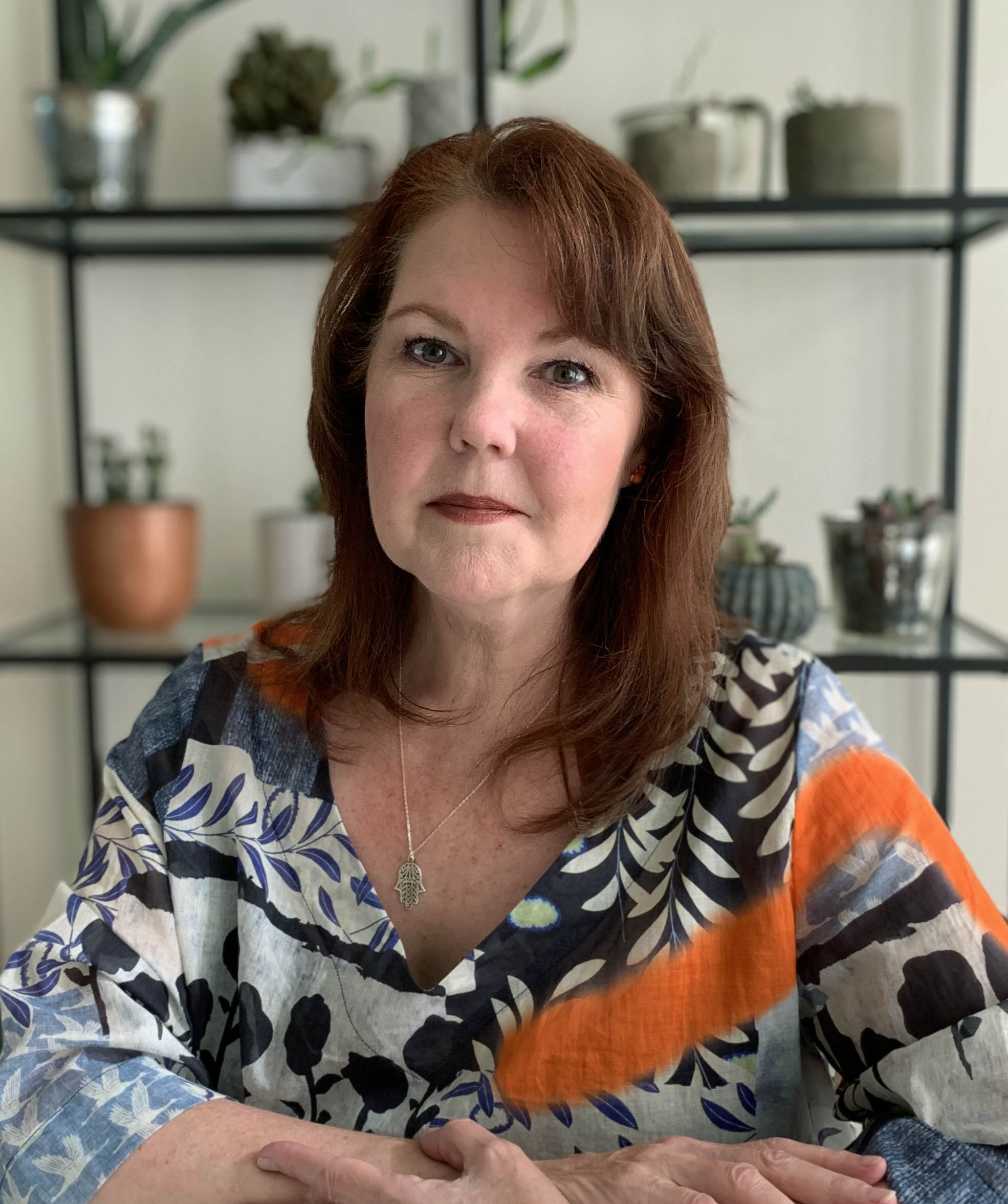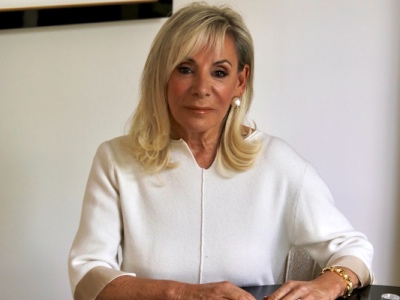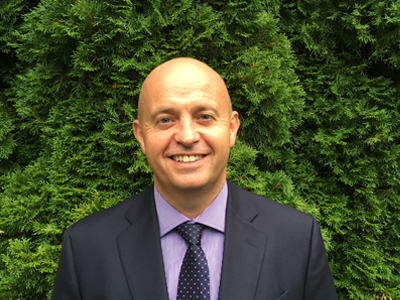 When one hears the term “futurist” (or futurologist) most people will imagine a man, and for much of the profession’s history, this has been mostly true.
When one hears the term “futurist” (or futurologist) most people will imagine a man, and for much of the profession’s history, this has been mostly true.
As a partner at Changeist, one of the main goals of my work in the futures field has been to shift that perception and help others consider the wider possibilities of diverse, inclusive futures that are better for all.
Over the summer of 2020, I had the opportunity to develop a self-facilitated workshop for the International Women’s Development Agency (IWDA), based in Melbourne Australia. They were seeking a format which utilized futures tools to explore preferable feminist futures in post-Covid 2030, that could be easily understood by non-futures-expert participants, and also produce relevant, actionable insights.
This was a harder task than you might imagine. Most people are very bad at thinking about the future, and even worse at thinking about a future that is highly uncertain, exactly like the times we are in right now. Shifting a clients’ perceptions from seeing uncertainty as only about risk mitigation, to employing uncertainty as a way to explore new opportunity spaces, or imagining more effective policies, services and products is our bread and butter at Changeist, but teaching others “How to Future” in a three-hour workshop in which no futurists would be facilitating was a very high bar indeed.
Another constraint we faced was that the workshop had to be a fully online, immersive experience that would be free to use by the participants. Our solution was a combination of platforms for face-to-face communication and interactive design that we had developed earlier in the year as the Covid shutdowns began. For this project, we chose Zoom, plus Miro, an interactive app- and browser-based space for collaborative brainstorming and inquiry. The Miro space was populated with a template that could be re-used for each individual convening of the workshop and preserved for data collection of results.
To assist me in the design process, I assembled a crack team of six women futurists and designers to create content reflecting global trends relevant to feminist interests, the impacts of which could be explored and considered as framings for possible feminist futures over the next ten years. We researched and organized twenty-four trends as the base content as well as defining a broad set of Privileging Forces, and setting out a range of Feminist Principles to guide participants in their observations and considerations. Our goal was to provide sufficient content to frame their conversation and help guide them to actionable results appropriate to their needs.
During the workshop convening, after initial discussion of the trends as a group, the participants divide into teams and select one trend to consider more deeply in breakout rooms. Using Futures Wheels (also called Impact or Implications Wheels), the teams work outward from the trend in the center of the Wheel to suggest possible impacts (both positive and negative) which may emerge from this trend over the next ten years. Reflecting on these impacts, the teams choose a “thread” of impacts to consider how a more preferable feminist future might be achieved, even from a perceived negative thread.
In the two practice convenings which the Changeist team facilitated, we were happy to observe that participants were able to discern that better futures could be possible through enhanced perspectives, and that there can be unexpected opportunity spaces for advancement, even in the least preferable threads.
It was a highly-rewarding experience and my team and I very much enjoyed engaging with a new cohort of participants who generally have little knowledge of futures tools and how they can guide decision- and policy-making for organizations, teams and individuals.
As you might expect these types of engagements are not intended to create new professional futurists, but to help non-futurists become more adept at thinking about possible futures, even in times of high uncertainty. Flexing and stretching awareness of trends and their impacts is an easy first step to becoming more effectively futures-focused, and offers new opportunities for anticipating changes on the horizon.
Exploring trends more deeply through tools like the Futures Wheel offers useful ways to expose unexpected possibilities and opportunity spaces which can be valuable in the decision-making process for any team, or organization. There are a myriad of ways to consider the future, but setting up a futures project should include the following four considerations:
Is the project focused?
- Are you asking the right questions, and using the best information available to inform the resulting insights?
Is the team networked?
- Have you included a diversity of expertise and lived experience to inform your research and validate the insights?
Is the project appropriate for your needs?
- Some projects will be broad, some narrow, some will have long time horizons, some short. Make sure the project constraints reflect the needs of your team/organization. This includes budget considerations. Sometimes a small, quick project on a short time horizon with a small team is sufficient to gain useful insights and move forward.
Is the project repeatable?
- Can the project be revised or updated with new information at a later date which results in new valuable insights.
Futuring at any time is hard, but looking beyond 2020 may be the hardest it’s ever been. As a working futurist I know that actively encouraging non-futurists to be engaged in thinking about the possibilities of the future is one way to help make sure that all our futures are better.
 About the author
About the author
Susan Cox-Smith is a Partner and Executive Producer at Changeist, a future foresight consultancy, and contributing editor of How to Future: Leading and Sense-making in an Age of Hyperchange, (Kogan Page) available now.
WeAreTheCity covers the latest female centric news stories from around the world, focusing on women in business, careers and current affairs. You can find all the latest gender news here.
Don’t forget, you can also follow us via our social media channels for the latest up-to-date gender news. Click to follow us on Twitter, Facebook, Instagram, and YouTube.







